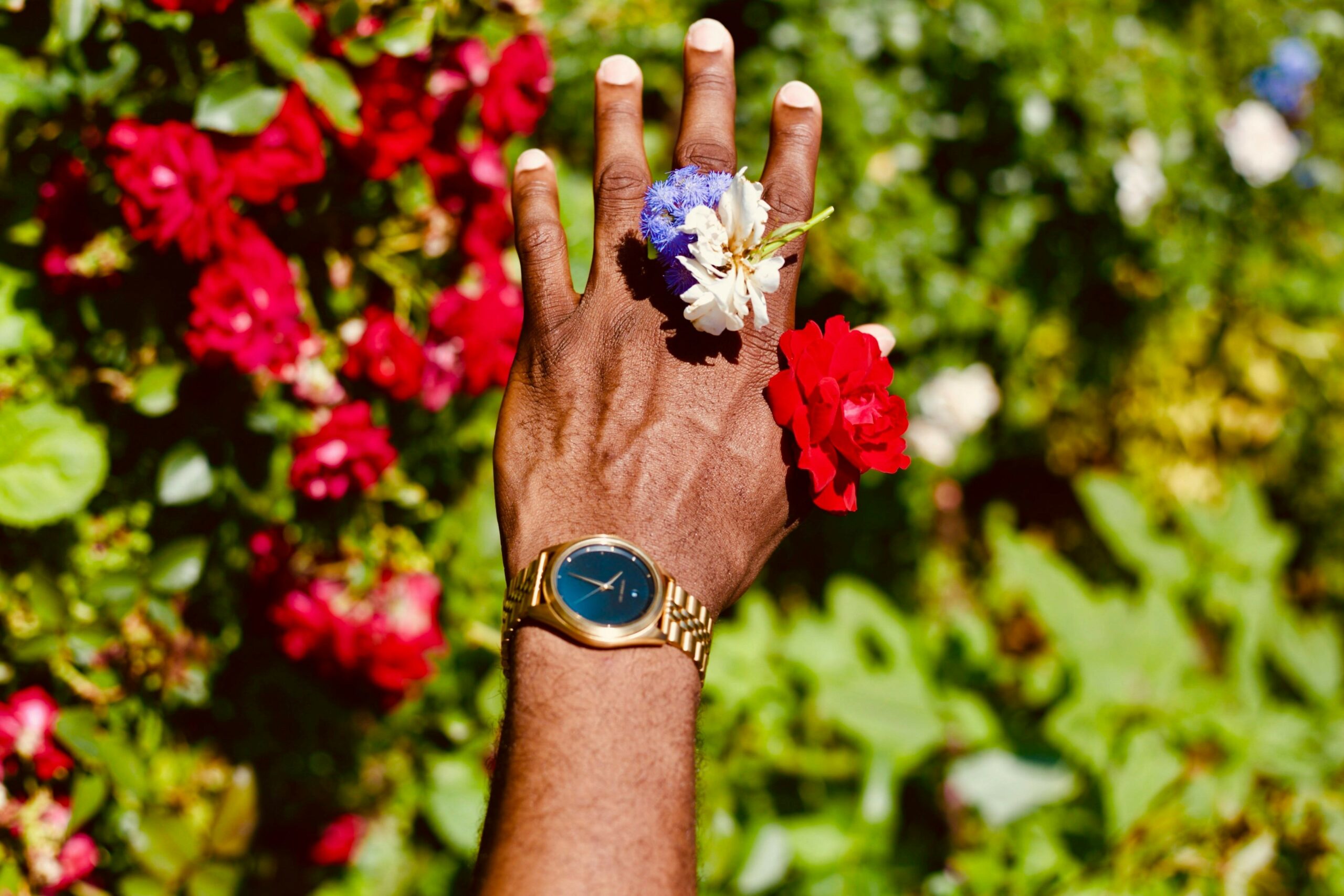Red, white and blue for the green thumb

ST. JOSEPH, Mo. — Plan now to use basic design principals to create a patriotic garden this summer, says University of Missouri Extension field horticulturist Gwen Funk.
“Designing your outdoor living space comes with many opportunities for creativity,” said Funk in a press release. “One might be thinking about themed garden beds, pots and hanging baskets,” she adds. “Using a red, white and blue color scheme around your patio or deck could add a festive, energizing ambiance.”
For harmony and interest, follow the 60-30-10 rule when choosing flowers for your beds and containers: Buy 60% of your flowers in a dominant color, 30% in a secondary color and 10% in an accent shade.
The dominant flower will be the anchor of your garden or container. It should be bold and draw the eye of the viewer immediately. The secondary color supports the main attraction, and the accent enhances the other two.
Red and blue sit on the opposite side of the color wheel. In general landscape design, this makes each color seem more saturated and creates visual appeal, says Funk. Pair with a neutral white to create balance.
Red as the primary color creates a feeling of energy and festivity while blue creates a feeling of spaciousness and relaxation, she says. Choosing white as the main color creates a fascinating twilight moon garden, she says.
Design beds with native plants with Missouri’s varied climate conditions, local pollinators and songbirds in mind, she adds.
Funk suggests considering these plants:
- Red flowers. Cardinal flower (Lobelia cardinalis) if planting in the shade. This July-October-blooming flower prefers shade and moist areas. Royal catchfly (Silene regia) produces bright red star-shaped flowers and may bloom from May to September. Royal catchfly prefers dry, well-drained, sunny locations. The native red bee balm (Monarda didyma) will support many pollinators and may attract hummingbirds.
- Blue flowers. Blue wild indigo (Baptisia australis) is drought-tolerant and blooms in late spring. Blue star (Amsonia illustris) can withstand shadier conditions. Both flowers have a full, shrublike appearance and bloom late spring to early summer.
- White flowers. New Jersey tea (Ceanothus americanus) is a low-growing, branching shrub that can grow in partial shade to full sun in well-drained soil. Expect blooms late spring to early summer. Another species of Baptisia, Baptisia alba, or white wild indigo, sports pure white blooms on tall spikes from May to July.
Other choices such as red zinnias are heat-tolerant and long-blooming. Red geraniums are suitable for containers or borders. White Shasta daisies are a classic perennial choice, while alyssum offers low-growing fragrant flowers. Blue salvia and bachelor’s buttons round out the trio with blue flowers.
Remember the classic design principle of “a thriller, a filler and a spiller” for hanging baskets and other containers, says Funk:
- A full sun option might include red salvia or tall blue delphinium (thriller), white petunias or white verbena (filler) and blue lobelia or trailing blue torenia (spiller).
- A drought-tolerant combination is red geranium (thriller), white angelonia or white lantana (filler) or blue scaevola (spiller).
- A hummingbird and pollinator container might include red bee balm (thriller), white alyssum (filler) and blue bacopa (spiller).
Learn more about “Container gardening: thrillers, fillers and spillers” at https://extension.missouri.edu/news/container-gardening-thrillers-fillers-and-spillers.
Miss Clipping Out Stories to Save for Later?
Click the Purchase Story button below to order a print of this story. We will print it for you on matte photo paper to keep forever.

